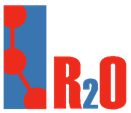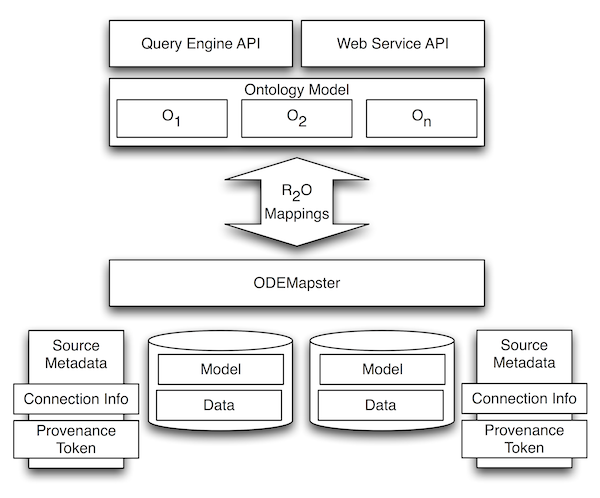Map4RDF
Recently we have seen a large increase in the amount of geospacial data that is being published using RDF and
Linked Data principles. Efforts such as the
W3C Geo XG, and most recently
the GeoSPARQL initiative are providing
the necessary vocabularies to publish this kind of information on the Web of Data.
map4rdf is a mapping and faceted browsing tool for exploring and visualizing RDF datasets enhanced with geometrical Information.
map4rdf is an open source software. Just configure it to use your SPARQL endpoint and provide your users with a nice map-based
visualization of your data. The geospatial aspects of the data can be modelled using either the data model from W3C Geo XG
or the geometrical data model proposed by GeoLinked Data (.es).
For downloading the softwware, use the following link.
A demo with GeoLinkedData SPARQL endpoint is avalible in the following link.
A demo with a DBpedia SPARQL endpoint is available in the following link.
About map4rdf:
- Faceted browser interface
- Geospatial and geometrical visualization using Google Maps
- Visualization of geometries (LineStrings, Polygons, etc) when using the GeoLinkedData data model.
- Visualization of statistical data using SCOVO
For consulting the complete information about map4rdf (installation, configuration and use),
visit the official website in the following link.
Virtuoso
The unique hybrid server architecture of Virtuoso enables it to offer traditionally distinct server functionality within a single product offering that covers the following areas:
- Relational Data Management
- RDF Data Management
- XML Data Management
- Free Text Content Management & Full Text Indexing
- Document Web Server
- Linked Data Server
- Web Application Server
- Web Services Deployment (SOAP or REST)
Pubby
Pubby can be used to add Linked Data interfaces to SPARQL endpoints.
Much Semantic Web data lives inside triple stores and can be accessed only by sending SPARQL
queries to a SPARQL endpoint. It is hard to connect information in these stores with other external data sources.
Pubby makes it easy to turn a SPARQL endpoint into a Linked Data server. It is implemented as a Java web application.
Silk
The Silk framework is a tool for discovering
relationships between data items within different Linked Data sources.
Data publishers can use Silk to set RDF links from their data sources to other data sources on the Web.
R2O & ODEMapster
R2O & ODEMapster is an integrated framework for the formal specification, evaluation, verification and exploitation of the
semantic mappings between ontologies and relational databases. This integrated framework consists of:
 R2O is a declarative, XML-based language that permits describing arbitrarily complex mapping expressions between ontology
elements (concepts, attributes and relations) and relational elements (relations and attributes).
R2O is a declarative, XML-based language that permits describing arbitrarily complex mapping expressions between ontology
elements (concepts, attributes and relations) and relational elements (relations and attributes).
 ODEMapster is a processor that generates Semantic Web instances from relational instances based on the mapping description
expressed in an R2O document. ODEMapster offers two modes of execution: Query driven upgrade (on-the-fly query translation)
and a massive upgrade batch process that generates all possible Semantic Web individuals from the data repository.
ODEMapster is a processor that generates Semantic Web instances from relational instances based on the mapping description
expressed in an R2O document. ODEMapster offers two modes of execution: Query driven upgrade (on-the-fly query translation)
and a massive upgrade batch process that generates all possible Semantic Web individuals from the data repository.

| 

 ODEMapster is a processor that generates Semantic Web instances from relational instances based on the mapping description
expressed in an R2O document. ODEMapster offers two modes of execution: Query driven upgrade (on-the-fly query translation)
and a massive upgrade batch process that generates all possible Semantic Web individuals from the data repository.
ODEMapster is a processor that generates Semantic Web instances from relational instances based on the mapping description
expressed in an R2O document. ODEMapster offers two modes of execution: Query driven upgrade (on-the-fly query translation)
and a massive upgrade batch process that generates all possible Semantic Web individuals from the data repository.
